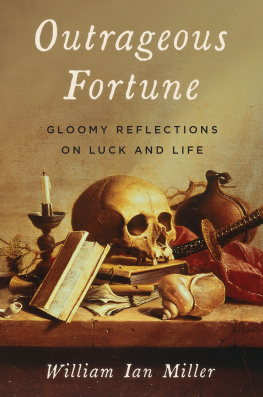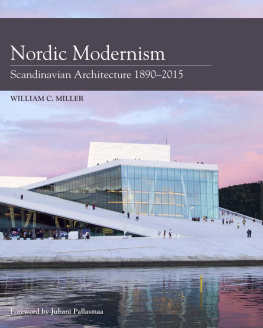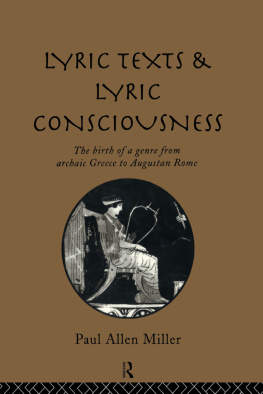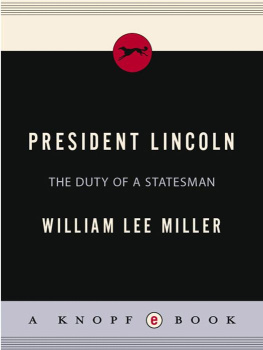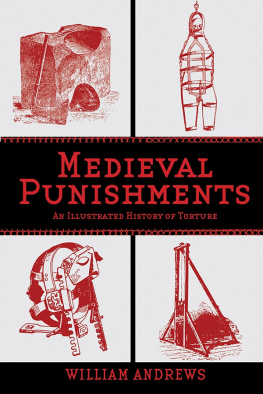I. HILDEBRAND AND HIS TIMES
..................
NO ONE WHO VISITS BOTH Rome and Athens at the present day can fail to be struck by one remarkable difference between the two famous cities, which stand for so much in the history of the world. While Athens is composed of a very old group of ruins and a brand-new town, which was rapidly made to order in Germany; while every trace of that medival splendour, which once distinguished the court of the Frank dukes, has vanished; in Rome, on the other hand, we have side by side the works of the kings, the memorials of the Republic, the monuments of the Empire, the remains of the Middle Ages, and the modern erections that have sprung up since 1870. Thus, while at Athens there is a sudden transition from buildings, which were constructed in the golden age of Perikls, to houses planned in the reigns of Otho and George, Rome furnishes us with an almost unbroken series of historical monuments from the time of Romulus down to that of Vittorio Emanuele III. The rise of the Papacy saved the Imperial city from falling in the Middle Ages to the condition of a decayed town, and, after it had ceased to be the capital of a vast Empire, it was still the centre of the religious world.
No period in the history of the Papacy, and, therefore, of that medival Rome, which it represents, is more important than the eleventh century, that same century which witnessed the transformation of our own history by the Norman conquest of England. Under Benedict IX., the Roman Church reached a level of degradation, almost as low as that to which it descended under the Borgias. The Vicar of Christ sold his high office to Gregory VI., in return for an assignment to his private uses of the Peters Pence that were paid by the English. The loss of the temporal power had accompanied this abandonment of spiritual aims. The pilgrim to the Holy City was lucky if he escaped the bands of robbers which infested the approaches to it. Within the walls, the churches were allowed to fall into ruin, and the priests to run riot in every kind of debauchery. Murder and outrage were of nightly occurrence in the streets, and the Roman nobles did not spare even the altar of St. Peter in their quest for plunder. They were, indeed, the arbiters of the Papacy, and made Popes at their will, just as in former days the prtorians had proclaimed emperors according as it suited their purpose. In short, about the middle of the eleventh century, Rome and its Church were in the lowest depths of humiliation, when suddenly there arose a man who raised the Papacy to a pinnacle which it had never occupied before, and made the name of Rome once more feared and respected by the great ones of the earth.
Hildebrand was the son, it is said, of a poor joiner of Soana, in the marshes of Tuscany, and belonged, as his name implies, to the Lombard stock, with which that district was largely peopled. Courtly genealogists endeavoured, in the usual fashion, to exalt his family when he had become famous, and it was pretended that he belonged to the noble family of the Aldobrandini. Marvellous tales are told about his infancy how fire played around his head as it had played around that of the youthful Servius Tullius, and how his first exercise in the alphabet was to put together a phrase emblematic of universal dominion. But the facts are, that he went as a lad to Rome, where his uncle was Abbot of the Monastery of Sta. Maria on the Aventine, that he became a monk, and entered the order of Cluny. But the mastermind of Hildebrand was not likely to be cabined and confined within the narrow limits of a monastic cloister. Small and insignificant in appearance, he possessed boundless ambition and the practical abilities to gratify it, for, if he despised the world, he wished to show his contempt by conquering it. While others composed from the safe recesses of some remote hermitage envenomed diatribes against the modern Gomorrha of the Seven Hills, he cast about for the means of reforming the fallen Papacy and restoring it to its historical functions. When Gregory VI. purchased that office from Benedict IX. in 1045, Hildebrand foresaw that, tainted as was the new Popes election with simony, he might yet be made an instrument for the benefit of the Church. He became his chaplain and confidential adviser, and when Henry III. of Germany deposed the Pope at the Council of Sutri, Hildebrand accompanied his master into exile at Cologne, and meditated there on the liberation of the Papacy from its position of dependence on the will of a German sovereign. Three years later, when the reforming Pope, Leo IX., entered Rome in the garb of an apostle, Hildebrand was one of his scanty retinue, and the real power behind him. From this moment he played, under six Popes, the part of an omnipotent minister, without whose consent nothing was done, until at last he not only governed in the name of others as minister, but also reigned as Pope himself.
Before his death, Leo IX. commended the fortunes of the Church to the care of his trusty adviser, and Hildebrand, not yet ripe for the supreme post, went to Germany to beg the Emperor to appoint another reforming German, who would continue the policy already begun under Leo. The Emperor consented, and Victor II., the new Pope, was Hildebrands nominee. Under him and his successor, Stephen IX., the improvement in the condition of the Church continued, but the next Pope, Benedict X., was a creature of the Roman nobility, which had recovered influence on the death of the German Emperor. Hildebrand was not the man to acquiesce in this state of things. He procured the election of an opposition Pope at a synod, held at Siena, and did all he could to facilitate the entry of his candidate into Rome. Supported by the Margrave of Tuscany this anti-Pope was installed in the Lateran as Nicholas II., and Hildebrand hastened to Campania to obtain the assistance of the Normans of the South for the prosecution of his plans. Nicholas, at his suggestion, summoned a council, which condemned his rival, Benedict, and strongly forbade the crime of simony and the marriage of priests. A still more famous decree emanated from this same council, and was the work of Hildebrand. At one time he had looked to Germany to take the lead in the reform of the Church; but he had seen that Teutonic popes were too German for the Italians, and too Italian for the Germans. It was therefore, now, his policy to render the election of the Pope independent of the German Court and the Roman nobility; to restore Rome, as the seat of Gods Vicegerent, to its historic position as the centre of the world. He accordingly persuaded the Council to raise the College of Cardinals to the dignity of an ecclesiastical senate, from which the Vicar of Christ should be elected, while the clergy and people of Rome were only to retain the shadowy right of confirming the election. A saving clause was inserted with the object of not offending the rights of the German sovereign, but a great step had been taken towards the complete liberty of the Papacy.







